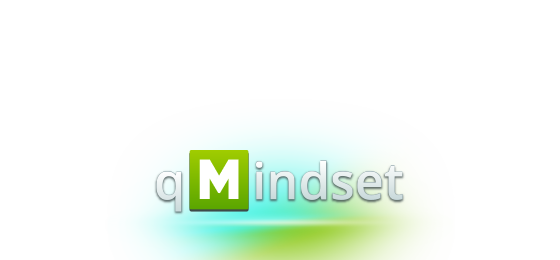Introduction
Ishikawa diagrams are also referred to as fish-bone (due to their shape and structure), or cause and effect diagrams. A fish-bone diagram is a commonly used quality tool and
method with the aim of finding the root cause of a problem.
The basic theory and principle of the fish-bone diagram was established in the '60s, by Kaoru Ishikawa, a Japanese professor and
quality management innovator, who deeply participated in Japan’s
quality improvement initiatives after the 2nd World War, with the support of Deming and Juran.
Source: qMindset.com
TEST ADVERTISEMENT (for temporary testing purposes, source: presse.porsche.de)

Key Features
Dr. Ishikawa found out, that the causes of fundamental problems can be summarized more easily if they are categorized in a pre-defined structure. As each defect is a result of
one or the correlation of more defect causes, the Ishikawa diagram is a structuring tool that is able to visualize the defect categories, and even their interaction as well.
The setup of an Ishikawa analysis starts with the clear structuring of potential
root causes.
The structure of the fish-bone is simple:
- 1) The head of the fish is always the precisely defined fundamental problem. Important as always: the precise problem description is inevitable.
- 2) After stating the fundamental problem, we go along the spine of the fish. The spine will be the manifold link between the cause categories and the fundamental problem.
- 3) Several bones, ribs are attached to the spine, these will be the categories or groups of failure causes (see 7M below). The team collects all influencing factors that has any relation to the fundamental
problem.
- 4) Proof generation: what potential causes are active when the failure happenes (proof can be a test result, simulation, or analytical argumentation).
The major cause categories (7M) are considered during the elaboration of an Ishikawa analysis:
- Man: all failures that can be linked to the people and human factors.
- Method: means the causes that are originated from the production method, technology, procedures, regulations, etc.
- Machine: the causes coming from the machinery and equipment.
- Material: all raw materials and sub-assemblies that are used for producing the final good.
- Environment (milieu): the failure causes, coming from the environment specific factors, such as time, shift, temperature, humidity, etc.
- Measurement: our measurement, data collection and control methods that might be having effect or impact on our production.
- Management: organizational and management related causes.

The structure of the Fish-Bone diagram (Ishikawa) (Source: qMindset.com)
On top of the 7M cause categories, some organizations also consider the effects of Maintenance, as a separated root cause category.
Benefits of Ishikawa:
- Easy to understand visualization (structure and coloring).
- Easy to integrate into our cause-effect chain.
Disadvantages of Ishikawa:
- Enforces brainstorming instead of structured convergent thinking.
- Big iskikawa = you did not understand your fundamental problem, and your technical "storyline".
- The "Management" cause category should not even be in the fish-bone, as it is not technical. Understand the technical root cause(s) first, and only then go deeper to managerial ones (with 5 x why).
- The "Measurement" cause category also should not be in the fish-bone, as we should already know in the D2 (Problem description) whether we have a measurement system error, or a real product problem.
- Performing ishikawa (especially in the beginning of a problem) is a bad habit of quality teams, putting a bunch of potential root causes into the fish-bone and burning money and time to porve them.
Using the fish-bone diagram is fundamentally against the engineering-based convergent thinking that would ask first the major fundamental questions (e.g. Is it a real failure or only false positive? Or is
it a stress or a strength issue?).
Source: qMindset.com
Hints
Never start your problem solving with a fish-bone.
Do not brainstorm with a team on potential root causes.
Instead of that, use convergent and engineergin-based failure localization, and narrowing of the problem.
Use IS/IS-NOT, fault tree analysis and solution tree (R) instead, then finish with a 5 x why to dig deep into system root causes and see the complete cause-effect chain.
If you really want to use it, do it when you have understood the fundamental problem, and put major cause categories into the top of the bones based on the nature of your case
(e.g. SW components, or HW components, process steps, ... and not the typical Man, Management, etc.)
Source: qMindset.com
Summary
- Ishikawa is also referred to as fish-bone or cause and effect diagram.
- A fish-bone diagram is a commonly used quality tool and method with the aim of finding the root cause of a problem.
- Ishikawa was created by Kaoru Ishikawa, a Japanese professor and quality management innovator.
- During the creation of a fish-bone analysis, seven major cause categories are considered: man, method, machine, material, environment (milieu), measurement and management.
- Performing fish-bone diagram in the beginning or early in the 8D is a bad habit of quality teams.
- Use engineering-based convergent methods to narrow the problem, like IS/IS-NOT, FTA and Solution Tree (R)
Source: qMindset.com




